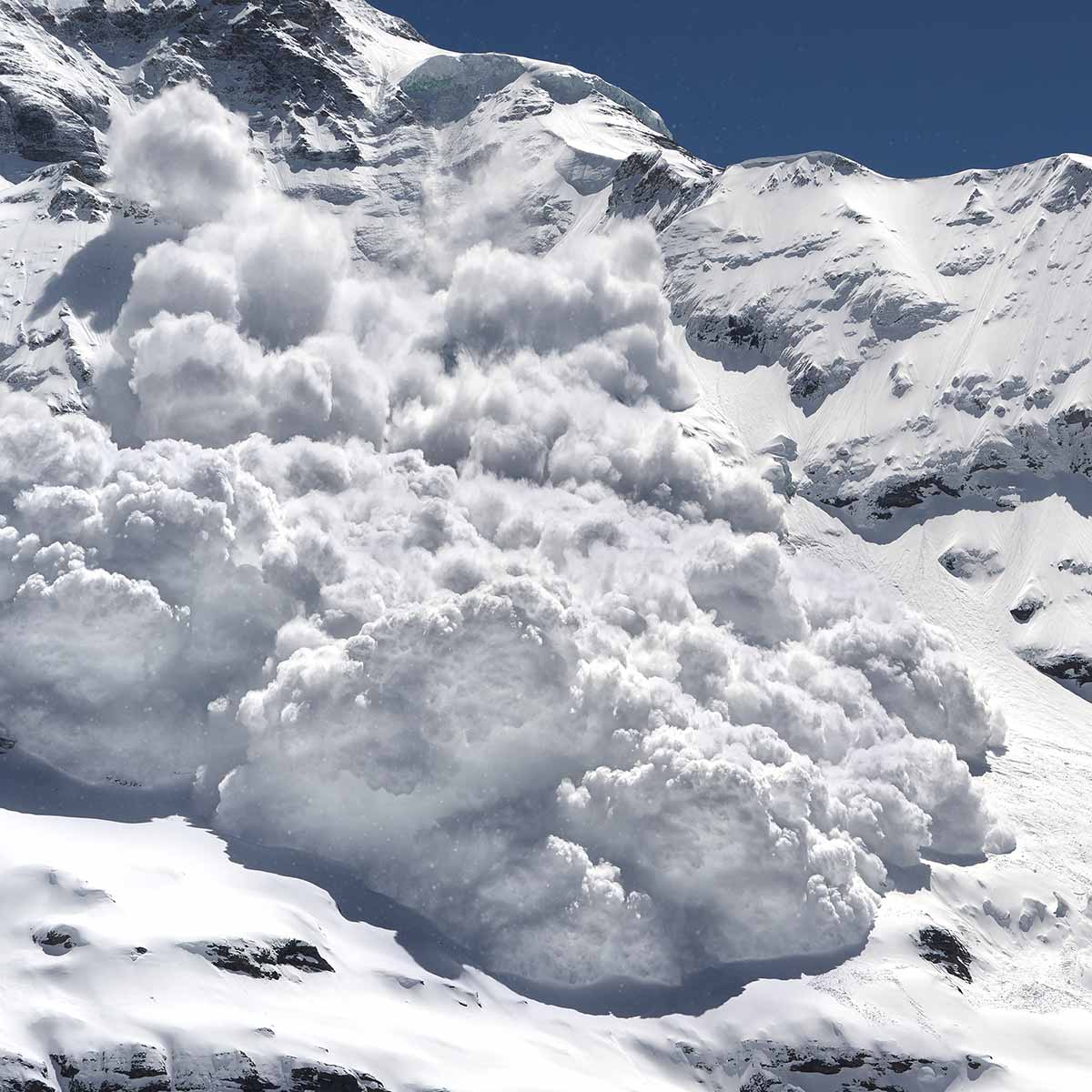Avalanche
An avalanche is a sudden, rapid flow of snow down a mountain slope,
often triggered by new snowfall, wind, temperature changes, or human activity. These powerful snow slides
can reach speeds of up to 80 mph (130 km/h) and cause significant destruction. To prevent being caught in an
avalanche, it is crucial to be aware of the conditions that can trigger one by checking avalanche forecasts and
weather conditions. Proper training, traveling with safety gear (such as avalanche beacons, probes, and shovels),
and maintaining a safe distance from others in your group can reduce the risk of getting caught in an avalanche.
If you find yourself caught in an avalanche, try to move to the side of the slide path and use swimming motions to stay
on top of the snow. If you are buried, create an air pocket around your face to help you breathe and attempt to stick a
hand or arm out of the snow. Staying calm and conserving energy is vital while waiting for rescue. Witnesses should note
the last seen point of the victim, alert rescue teams immediately, and use avalanche beacons, probes, and shovels to locate
and dig out the buried
person swiftly. Quick and coordinated rescue efforts within the first 15 minutes are crucial for survival.
